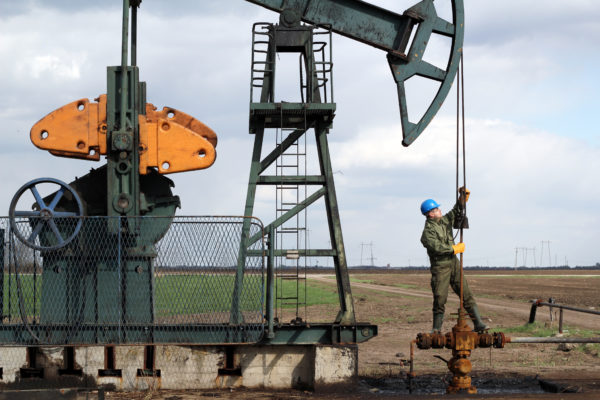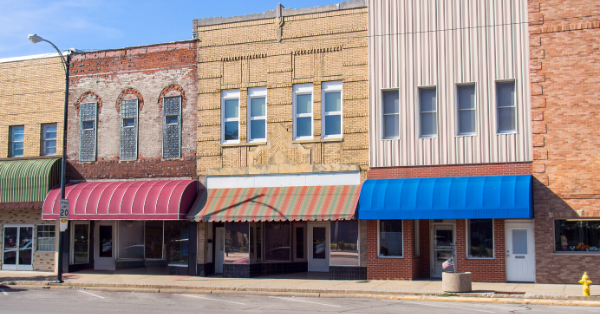
On an oil rig, hazardous conditions abound and can sometimes even prove fatal. Safety should, therefore, be a top priority for employers in the industry. Falls are one of the most common accidents on an oil field. OSHA regulations state that fall protection must be provided at elevations of four feet in general industry workplaces, six feet in the construction industry, and eight feet in offshore operations. Luckily, there are a few different methods of protecting employees from falls on-site.
1. Provide Training
Training is key to keeping your workers safe. Because people learn in different ways, fall safety training should encompass both hands-on and theoretical training. Providing workers with equipment that mimics what they will encounter in the field is an essential and effective component of the training process. OSHA defines three different levels of competency in fall protection: competent, qualified, and authorized. Ensure that only workers who are competent in fall protection are assigned to those tasks that involve heights. Refresher courses must be offered every two years, or when new equipment is being implemented in the field.
2. Fall-Proof Your Worksite
Make sure to inspect all fall arrest equipment regularly. Always be sure to safeguard against chemicals that could damage this equipment. Provide guardrails and safety nets to ensure that workers are never in grave danger when working at excessive heights. Inspect scaffolds and roofs at regular intervals; workers must be able to maintain stable footing when working at these levels. Additionally, workers at these elevations should always wear protective gear in case of a slip or fall.
3. Incorporate Ladder Safety
Working on ladders is inevitable for those employed in the oil and gas industry. Thus, ladder safety should be a core part of any training curriculum. Always be sure to place ladders on level footing and ensure that your staff consistently face the ladder when using it. Workers should never overreach or “walk” the ladder. Remember the "three points of contact" rule: workers should maintain one hand and two feet, or two feet and one hand on the ladder at all times.
We hope these tips have helped you to recognize the importance of fall safety, and how to prioritize this on your oilfield sites. Looking for more tips on best practices for your oil and gas business? Read our latest blog on being responsive to your customers in the oil and gas industry
Source: https://www.osha.gov/SLTC/fallprotection/index.html




